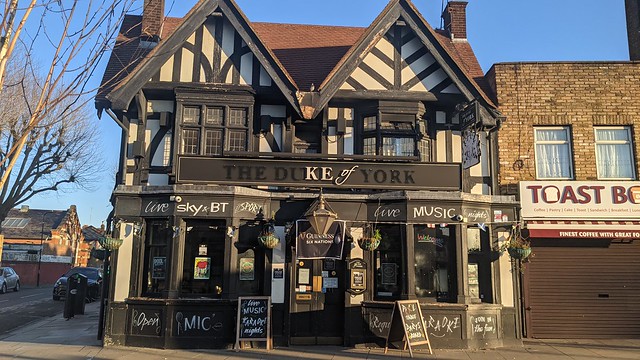skip to main |
skip to sidebar
only the lonely
I'm fundamentally challenged not just by the current restrictions on personal movement but by the impact of them on my very impulse for taking photographs. The irony of the phrase street photography comes home to me. The streets are nothing without people. Without people's faces.

For succour I'm drawn to photo books. My guilty pleasures. I recently saw a picture by the photographer William Gedney posted on Twitter which lead me to a lovely collection of his work by Gilles Mora, Only The Lonely. Wilfully resisting or indeed neglecting to create any public profile for his work during his lifetime Gedney has only since his death achieved any recognition. His work has plenty of stylistic traits that interest me but I was drawn to his working practice, what Mora calls his "commitment to his art...born solely of a internal necessity"'

Myrtle Avenue, May 5, 1969, 4:45 pm, William Gedney
His work is part of but also separate from the American 20th century documentary tradition. The words immersive and complicity are used to describe his technique and it's fascinating to see how he transposes that to his street work. One of Gedney's significant project was the documentation of life on Myrtle Avenue as he looked from his window in Brooklyn. One image that caught me eye is the only one in his archive titled with such specificity. It place not just himself but me as a viewer in that moment in time. I've always eschewed titles of any description yet this made me think again. It made me think of Chris Dorley-Brown's use of it in The Corners to root his images in an alternate reality. For me knowing the time the picture was taken doesn't define it but adds another layer of story telling, of possibility, of ambiguity.
I'm intrigued. Why May 5? 4:45 in the afternoon? What happened on that day? At that time? I thought of the turmoil of that decade in America, powerfully portrayed by Paul Fusco's Robert F. Kennedy’s Funeral Train. I imagined Gedney listening to the radio and feeling impelled to record and reflect the moment. It'd be fascinating to see if anything is revealed in his writings. I don't think it's what I found.
I recognise this relationship of the ordinary to the extraordinary was my motivation for my New Europe project. It's also poignant that any photographs taken in 2020 will need no such checking.
Everyone knows what started then.










No comments:
Post a Comment